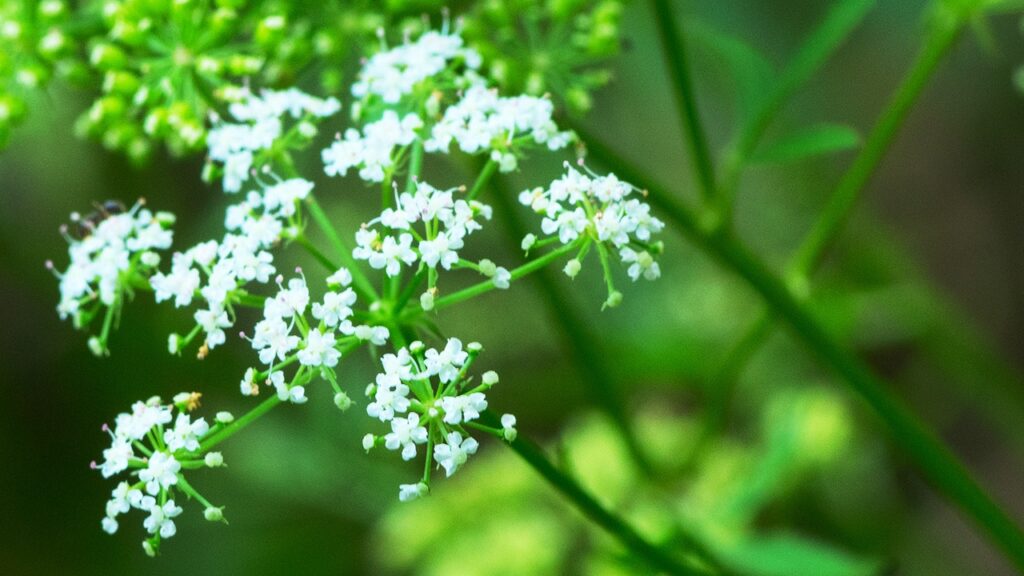by John Bagnasco
As we spend more time outdoors in the summer months and enjoy watching all of the beautiful plants bloom around us, it's important to be aware of those which can be especially harmful.

Young children, and sometimes pets, will often chew or eat anything, no matter how it tastes
If you have young children and pets, being aware of plants which can cause severe illness or even death can be vital.
Each year over 100,000 people in the United States call Poison Control Centers about plant and mushroom exposures. Some plants may cause nausea, vomiting, diarrhea, or stomach cramps, while others have substances which are irritating to the skin, mouth, and tongue. Immediate burning pain is common and sometimes stomach upset, mouth and tongue swelling or breathing problems may occur. Heating and cooking do not necessarily destroy a plant’s or mushroom’s toxic parts. Here are five common plants to watch out for in both rural and residential areas:
Water Hemlock, Cicuta maculata, is considered one of North America’s most poisonous plants. Its toxin, called cicutoxin, can cause delirium, nausea, convulsions, abdominal pain, seizures, and vomiting within 60 minutes of ingestion – frequently leading to death. It occurs primarily on wet soils associated with ditches, stream banks, pond margins, and marshes.
The leaves and stems of White Snakeroot, Ageratina altissima, are highly poisonous to both animals and humans. There have also been instances where a cow has ingested the plant and led to milk poisoning in humans who have gone on to drink their milk. This was actually the cause of death in Abraham Lincoln’s mother. The plant produces clusters of tiny white flowers and is seen between mid-summer and fall.
Being used to create castor oil, the medicinal properties of Castor Bean, Ricinus communis, are a great natural remedy for heartburn and constipation. However, the seeds can be deadly when ingested and 1-2 can kill a child or around 8 will kill an adult. The plant is used as a tropical accent in colder climates, with little risk, since seasons are not long enough to produce seeds. But in Southern CA, conditions are similar to the plant’s native Africa and it can become highly invasive.
Much less common in California because of Oleander Blight, Nerium oleander, is unlikely to be deadly, but the plant can cause illness to humans and the entire plant is poisonous. The plant tends to bloom between July and October and is most common in Mediterranean climates
Poison Oak, Toxicodendron diversilobum, is a common plant, native to the foothills. It can vary widely in form and size from an erect shrub or tree to a climbing vine from 1 to 12 feet in height. It is ubiquitous in southern California. Indeed, Los Angeles was built on the site of a village named Yaangna meaning “poison oak place.”
